Norway is rebuilding a fence along its Arctic border with Russia to prevent reindeer from wandering into its costly neighbor.
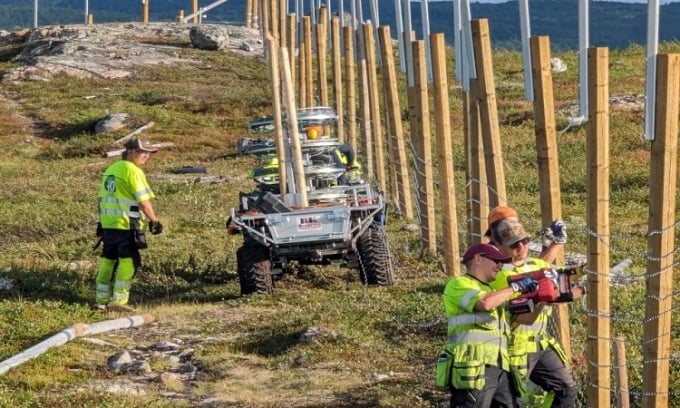
Workers were not allowed to cross into Russia while building the fence. Photo: AP
Norwegian authorities announced on August 24 that 42 reindeer have crossed the border into Russia this year in search of greener pastures, forcing the country to pay compensation to Russia. The reindeer fence along the Norwegian-Russian border stretches 93 kilometers and has been in place since 1954. The Norwegian Agriculture Agency said a 7-kilometer section of the fence between the Norwegian towns of Hamborgvatnet and Storskog will be replaced, according to AP .
The $348,000 project is due to be completed by October 1. However, it will be challenging because workers will need to stay on the Norwegian side of the border during construction, said Magnar Evertsen, a representative of the Norwegian Agriculture Agency. If a worker crosses into Russian territory without a visa, it would be an illegal act.
Reindeer crossing the border has caused problems. Russia has filed two compensation claims. One seeks nearly $4,700 for each reindeer that crossed into Russia to graze in the Pasvik Zapovednik nature reserve in Russia’s Murmansk region. The other claims a total of $4.4 million for the number of days the reindeer grazed in the park, which is mostly lakes, forests, and swamps.
Of the 42 reindeer that went to Russia this year, 40 have been brought back to Norway and the remaining two will soon return, according to the Agriculture Agency. The animals were killed over concerns that they might try to escape to Russia again. The Norwegian Food Safety Authority may order the carcasses to be destroyed for safety reasons.
Reindeer are herded by the indigenous Sami people in central and Arctic Norway. They originated in Central Asia and settled with reindeer herds in Europe about 9,000 years ago. They typically live in Lapland, a region stretching from northern Norway through Sweden and Finland to Russia. In the Arctic, most live on the Norwegian side of the border.
An Khang (According to AP )
Source link


![[Photo] Prime Minister Pham Minh Chinh chairs the Government's online conference with localities](https://vphoto.vietnam.vn/thumb/1200x675/vietnam/resource/IMAGE/2025/10/5/264793cfb4404c63a701d235ff43e1bd)



![[Photo] Prime Minister Pham Minh Chinh launched a peak emulation campaign to achieve achievements in celebration of the 14th National Party Congress](https://vphoto.vietnam.vn/thumb/1200x675/vietnam/resource/IMAGE/2025/10/5/8869ec5cdbc740f58fbf2ae73f065076)

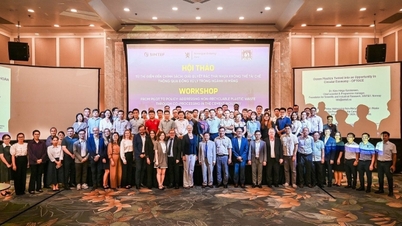











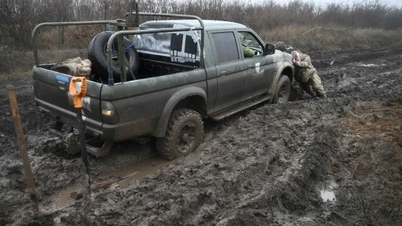

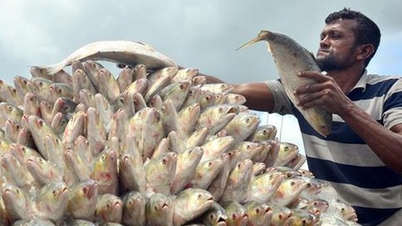
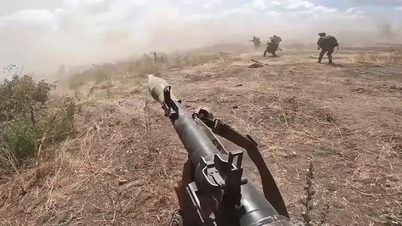







































![[VIDEO] Summary of Petrovietnam's 50th Anniversary Ceremony](https://vphoto.vietnam.vn/thumb/402x226/vietnam/resource/IMAGE/2025/10/4/abe133bdb8114793a16d4fe3e5bd0f12)

![[VIDEO] GENERAL SECRETARY TO LAM AWARDS PETROVIETNAM 8 GOLDEN WORDS: "PIONEER - EXCELLENT - SUSTAINABLE - GLOBAL"](https://vphoto.vietnam.vn/thumb/402x226/vietnam/resource/IMAGE/2025/7/23/c2fdb48863e846cfa9fb8e6ea9cf44e7)




















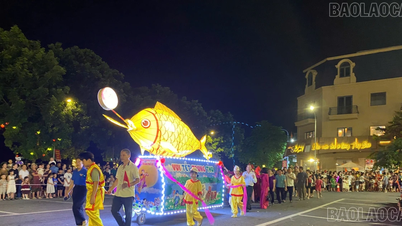













Comment (0)